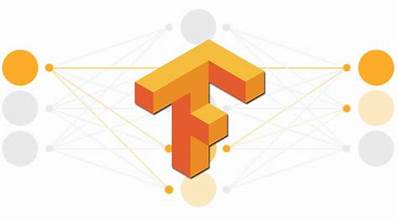
Course content
- Hands-on Artificial Intelligence with TensorFlow
- Hands-on TensorFlow Lite for Intelligent Mobile Apps


21 hours (usually 3 days including breaks)
Audience
TensorFlow Lite is an open source deep learning framework for mobile devices and embedded systems.
This instructor-led, live training (online or onsite) is aimed at developers who wish to use TensorFlow Lite to develop mobile applications with deep learning capabilities.
By the end of this training, participants will be able to:
Format of the Course
Course Customization Options
Introduction
Overview of TensorFlow Lite Features and Design
Machine Learning and Deep Learning Fundamentals
Preparing the Mobile App Development Environment
Creating an App for Object Recognition
Setting up TensorFlow Lite
Selecting a TensorFlow Model
Converting the TensorFlow Model
Loading the TensorFlow Model onto a Mobile Device
Optimizing the TensorFlow Model for Mobile Devices
Adding Chat Capabilities for Smarter Replies
Loading a Pre-trained TensorFlow Model
Retraining a TensorFlow Model
Pre-processing a Dataset
Setting the Hyperparameters
Deploying the AI Enabled App
Running TensorFlow Models on Other Embedded Devices
Troubleshooting
Summary and Conclusion

21 hours (usually 3 days including breaks)
Audience
TensorFlow Lite is an open source deep learning framework for executing models on mobile and embedded devices with limited compute and memory resources.
This instructor-led, live training (online or onsite) is aimed at developers who wish to use TensorFlow Lite to deploy deep learning models on embedded devices.
By the end of this training, participants will be able to:
Format of the Course
Course Customization Options
Introduction
Overview of TensorFlow Lite Features and Operations
Setting up TensorFlow Lite
Choosing a Model to Run on a Device
Customizing a Pre-trained Model
Converting a Model
Running a Prediction Model
Accelerating Model Operations
Adding Model Operations
Optimizing the Model
Troubleshooting
Summary and Conclusion